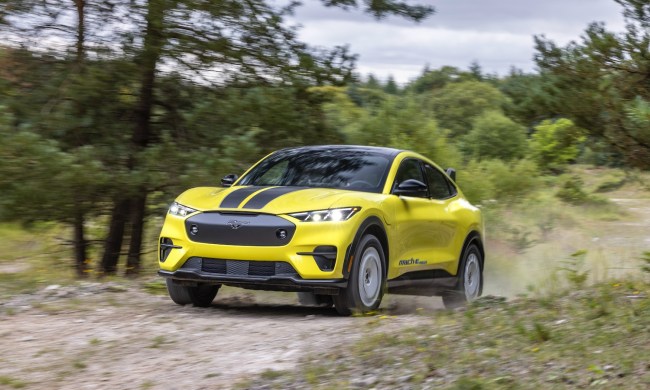
ORNL has demonstrated a 20-kilowatt wireless charging system with 90 percent efficiency at three times the rate of most plug-in systems used today. Toyota, Cisco Systems, Evatran, and Clemson University International Center for Automotive Research all contributed to the technology demonstration.
See also: GM is creating a team to work on self-driving and electric cars
The fact that it charges three times faster than home chargers is significant, but the next goal of the ORNL joint project is a 50-kilowatt wireless charging capability. The higher power will equal most quick-charging stations and also be powerful enough to charge trucks and other larger vehicles.
Convenience and simplicity are keys to developing a wireless system. Honestly, it needs to be as simple as driving to a charging location without having to leave your car. However, because the power transmits through the air, safety is also a high priority. The magnetic fields used in this charging process are focused and shielded to ensure safety, according to the researchers.
But wait: Koch Brothers plan multimillion-dollar campaign against electric cars
The ideal will be when we can charge our car batteries while we drive, but that another huge step. Charging in motion requires electrified streets and roadways, is a much greater financial commitment than stationary charging stations. The Tesla 3 sales orders and continued popularity of Toyota Prius hybrids demonstrates demand, but the majority of us will still wait for convenience to improve and costs to go down.



